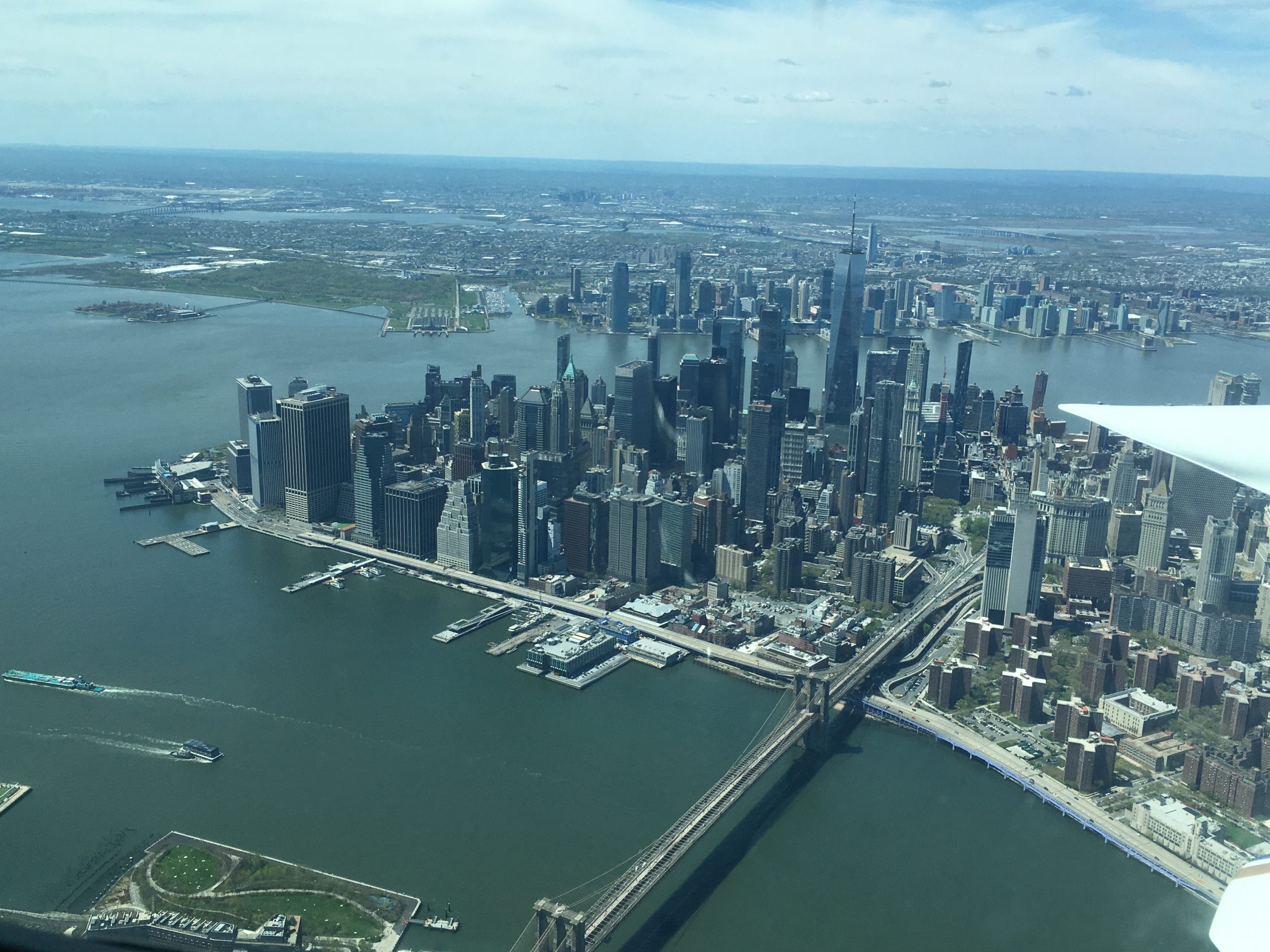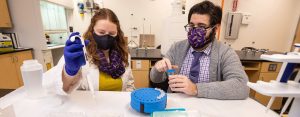The Air Resources Laboratory (ARL) in collaboration with their counterparts in the National Oceanic and Atmospheric Administration’s (NOAA) National Weather Service and the U.S. Environmental Protection Agency (EPA) have begun a COVID-19 air quality study [1]. This study comes directly from the observed drop in air pollution correlated with the coronavirus shutdown [2]. The ARL study’s aim is to collect and analyze atmospheric samples of industrial soot, greenhouse gases, and tailpipe emissions. The current observed levels of the contaminants are at a level that has not been observed in decades [2]. The results from this study can be used to inform the understanding of the linkage between air pollution and public health. It can be used to inform policymakers and support stricter changes to air quality and climate change regulations and be used to fight against the roll back of air pollution regulations [2]. Dr. Colm Sweeney of NOAA stated that a majority of the current policies regarding air pollution is “driven by models and guesstimates of how much we think certain things contribute to emissions” and that this pandemic is “a great opportunity to do real life testing of these models” [2]. The COVID shutdown drastically turned down air pollution and now, with states opening up slowly over time, we are essentially turning up the pollution, allowing scientists to observe the changes in real time across the US and the globe. [2] The EPA, NOAA, National Aeronautics and Space Administration (NASA), and other federal agencies are using this opportunity to further the understanding of how human activity impacts air quality [2]. Preliminary studies have shown that air pollution-related deaths during the pandemic have decreased [2]. One paper calculated that there were 360 fewer deaths per month during the pandemic related to air pollution-induced illnesses (i.e. asthma, lung disease, and heart disease) [2].
References:
- 2020. Investigating COVID-19’s impacts on air quality. Retrieved from: https://www.arl.noaa.gov/about/news-photos/investigating-covid-19s-impacts-on-air-quality/
- Davenport, C. 2020. Pandemic’s Cleaner Air Could Reshape What We Know About the Atmosphere. The New York Times. Retrieved from: https://www.nytimes.com/2020/06/25/climate/coronavirus-clean-air.html
Photo Source: NOAA
*This article is contributed by Heidi Knecht (DrPH EOH Student).




